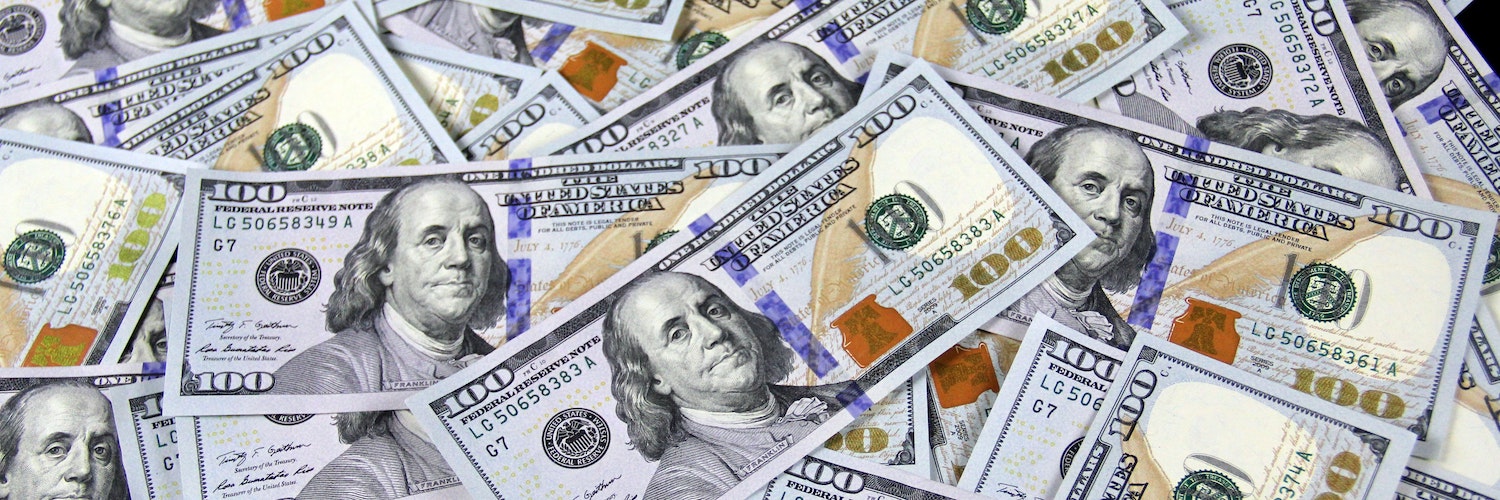Americans have more equity in their homes than ever before.
Total U.S. home equity increased almost 20% in the first quarter to $27.8 trillion, a record high, according to the Federal Reserve.
The increase is another consequence of a red-hot housing market. Double-digit price gains have driven some would-be homeowners out of the market. At the same time, rising home values are boosting the finances of the Americans who already own them.
Still, rising rates have made it more expensive for homeowners to use that equity, the difference between the market value of a property and the mortgage balance.
About 60% of equity was withdrawn via cash-out refinances in 2021, according to mortgage-data firm Black Knight. Homeowners are likely to turn to home-equity lines of credit, said Andy Walden, vice president of enterprise research strategy at Black Knight. Borrowing costs on such products are more closely tied to the Fed’s benchmark rate, which has moved less than mortgage rates this year. The Fed is expected to raise rates again at its meeting this week.
With home-equity lines, borrowers pay interest on the amount of credit they use; with a cash-out refinance, the cash taken out of the home gets added to the outstanding mortgage, meaning the new rate is applied to a higher balance.
The amount of tappable equity increased by a record $1.2 trillion in the first quarter of 2022, to more than $11 trillion, according to Black Knight. Close to 75% of it belongs to borrowers with mortgage rates below 4%, the Black Knight data show. The rate on a 30-year fixed-rate mortgage averaged 5.23% near the beginning of June, according to mortgage giant Freddie Mac.
lack Knight defines tappable equity as the amount homeowners can borrow while holding on to at least 20% of the home’s equity. Average tappable equity available to Americans with mortgages increased to a record $207,000 in the first three months of the year, according to Black Knight.
“There’s more tappable equity than there’s ever been, but it’s simply become more expensive to borrow against the equity in your home,” Mr. Walden said.
Home equity generally rises alongside home values over time. In the U.S., total equity fell by about 42% between 2005 and 2012, when millions of Americans ended up owing more on their mortgages than their homes were worth. Total equity has been increasing steadily since 2012, and the first quarter’s 20% jump is the largest since 2013.
The equity gains are expected to spark a record amount of home-improvement spending this year, according to CoreLogic Inc.
Steve English decided to take out a home-equity loan worth about $80,000 this spring to replace the roof and deck on his home in Eatonville, Wash. Mr. English had considered the home-improvement work a few years ago, when the deck would have cost about 40% less, he said, but he didn’t have enough equity to borrow against.
His home is worth more than $700,000, according to an appraisal done this year by his home-equity lender, Discover Home Loans. That is more than double the $325,000 he paid in 2016.
“The equity in my home has shot up in the past two years,” Mr. English said. “That definitely influenced my decision to tap it.”
The increase in equity provides another business opportunity for the mortgage industry, which is suffering a decline in volume from the blockbuster mortgage markets of 2020 and 2021.
Mortgage lenders this year are working to weather a sharp drop-off in the number of homeowners refinancing their loans, with demand drying up as interest rates rise.
Source: Realtor.com/B



